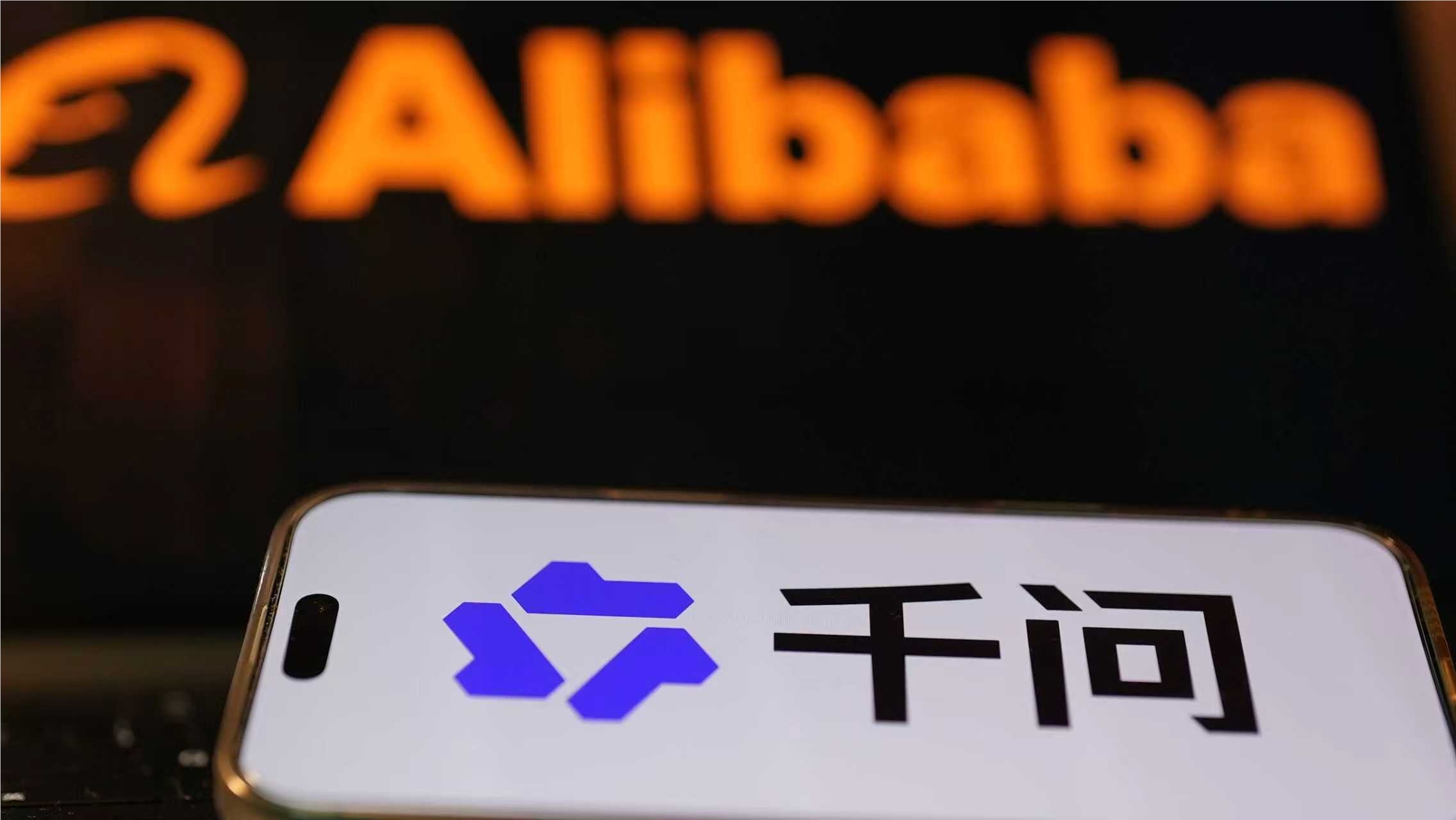A YouTube channel creator @

Note: Screenshot from a YouTube video
Compared to Jason Allemann's Bricasso, which was introduced eight years ago, Pixelbot3000 utilizes custom code and artificial intelligence, making the generation of LEGO mosaics a simple input process.
Pixelbot3000 users only need to input the name of the artwork they want to print. The input prompt is sent to OpenAI's DALL-E3, which generates a simplified image in a cartoon style, with dimensions of 1024x1024 pixels.
The mosaic assembled by the printer is limited to a smaller grid of 32x32 LEGO tiles, but Pixelbot3000's code does not shrink the image generated by DALL-E3; instead, it divides the AI-generated image into a 32x32 grid and samples the color of the center pixel of each square. This creates a high-contrast scaled image, resulting in a better mosaic pattern.
In the video, @

Generated image preview:

Debugging the printed work:

Another limitation of using LEGO as an artistic medium is that there are only about 70 different colors of plastic bricks, and Pixelbot3000 uses only 15 of them. The scaled image generated by AI requires one final processing step to find the best match for each colored pixel with the 1x1 LEGO tiles used to assemble the final mosaic. Designing, building, and programming Pixelbot3000 seems to be as labor-intensive as assembling a LEGO mosaic artwork, which might contain over 11,000 bricks.










